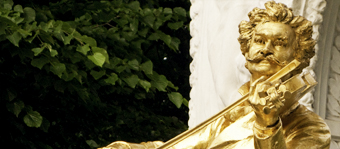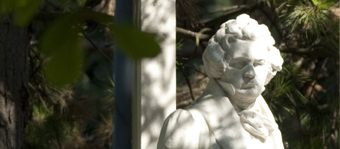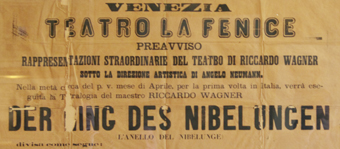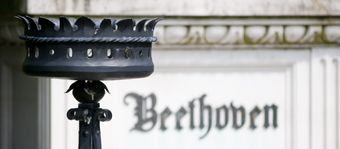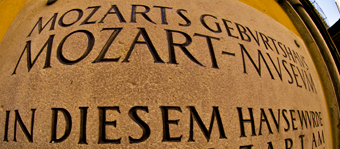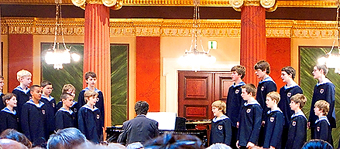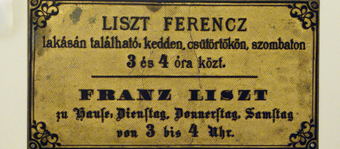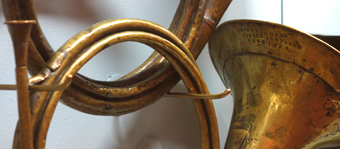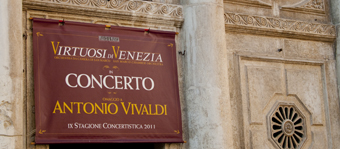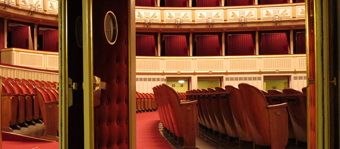Some years before he composed his Symphony No. 3 (“Eroica”), Beethoven is said to have declared to a friend, “From this day forth I shall forge a new path.” Composed in 1803-1804, the “Eroica” manifests one of the striking examples of Beethoven’s bold “new path,” with its enormously increased dimensions compared to his first two symphonies, astounding technical facility, and consistent originality. Beethoven had composed the symphony to honor his revolutionary hero Napoleon, intending to call the work Bonaparte. But after hearing that Napoleon had crowned himself emperor, Beethoven scratched out the honorary title, calling it instead Heroic Symphony, composed to celebrate the Memory of a Great Man. These circumstances have led to speculation about the identity of the “hero,” and some have suggested that the symphony is autobiographical. Particularly notable in the first movement is the seemingly premature entrance of the horn with the main theme before the beginning of the recapitulation, and the March funebre, depicting the funeral procession of the fallen hero, which represents the first use of the march in a symphony.
This was written by Molly Barnes, a doctoral student and teaching assistant in the University of North Carolina Chapel Hill Department of Music. She wrote it for the program of the Orchestre Révolutionnaire et Romantique conducted by John Eliot Gardiner in November 2011.

